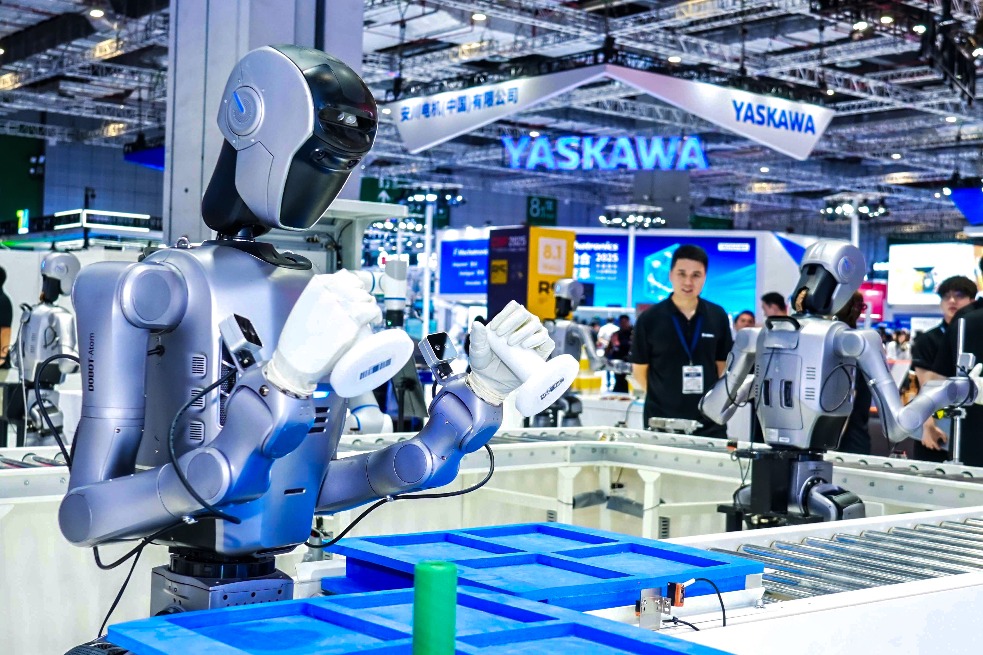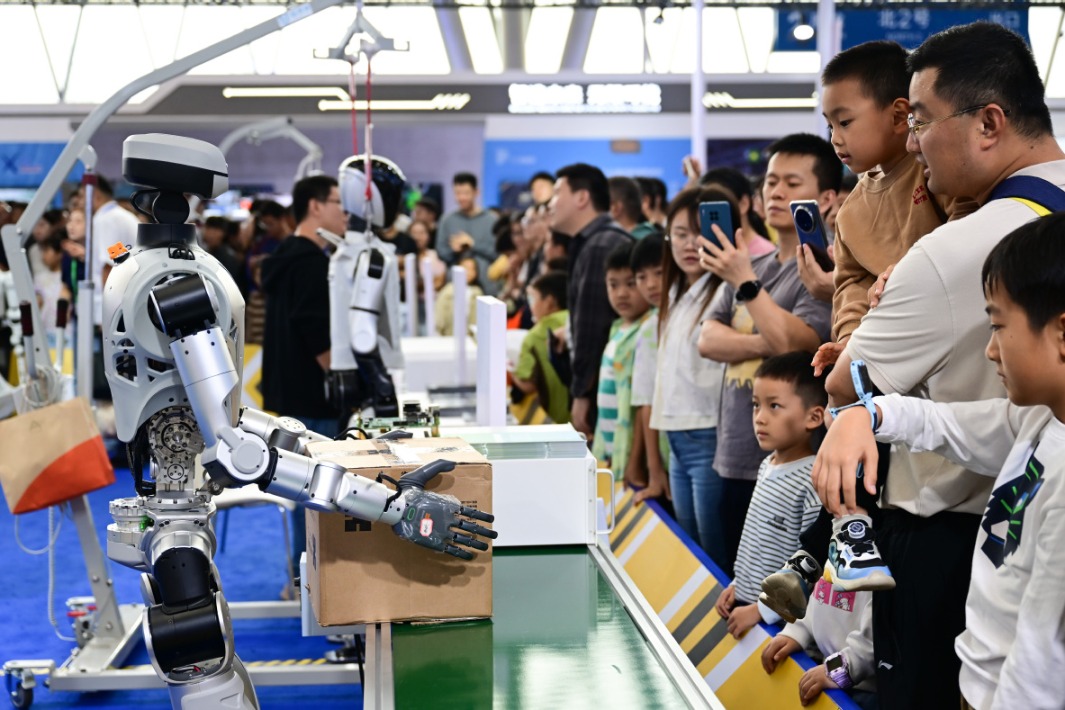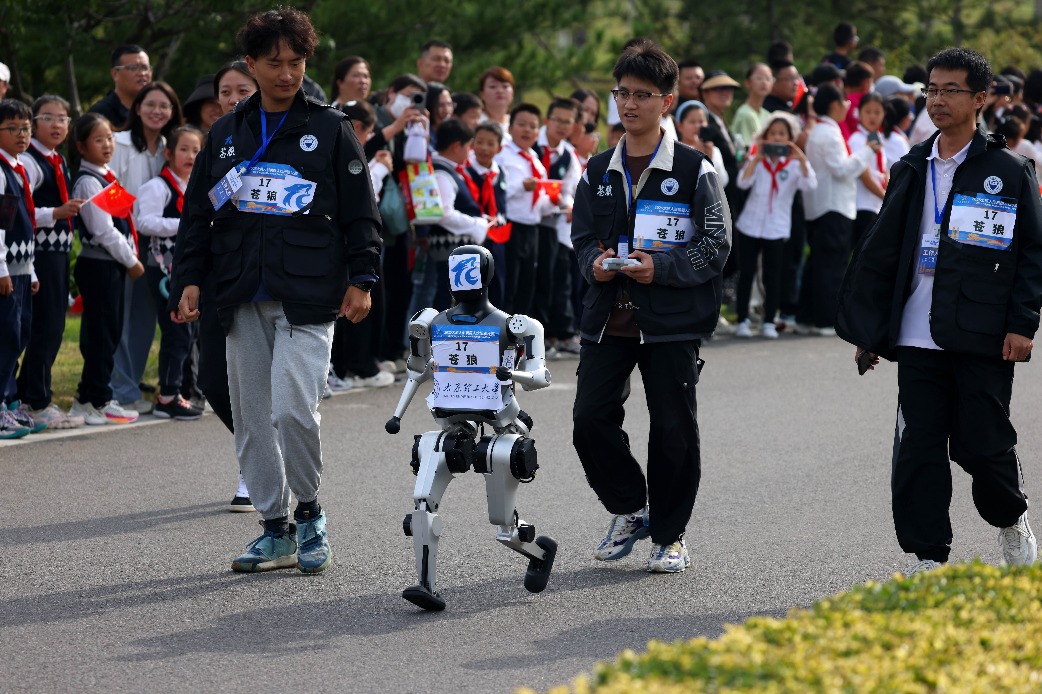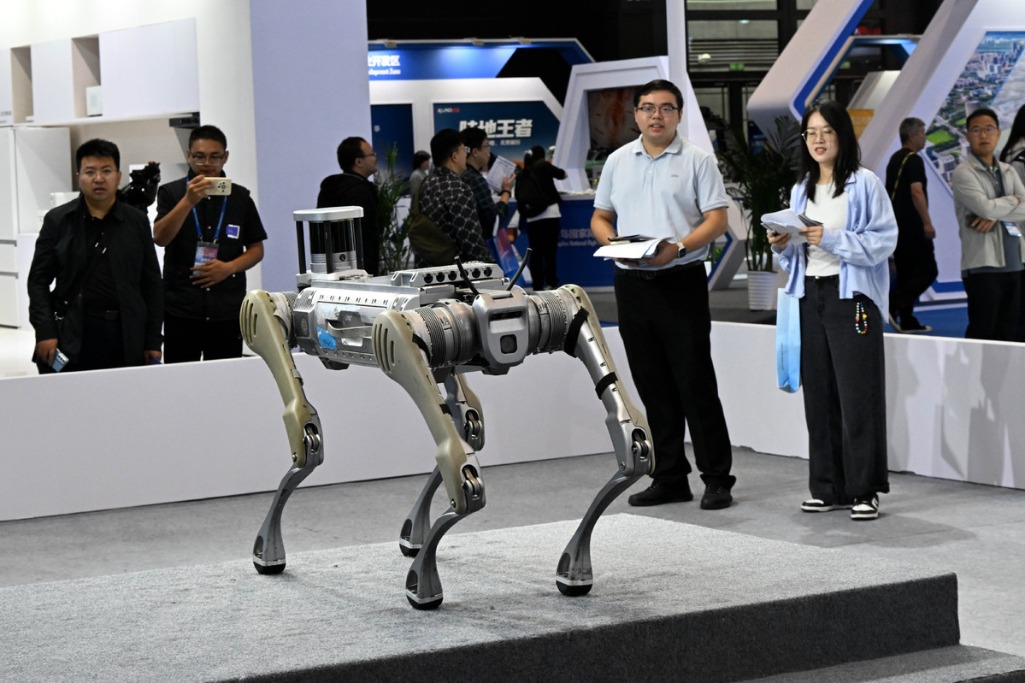Human-centric planning the way forward for design chains

A new wave of innovation prioritizing human-machine collaboration is reshaping global supply chains, as industries seek to overcome mounting pressures from labor shortages and fragmented operations.
Reports from leading institutions such as postal giant DHL and MHI highlight persistent challenges in warehousing and fulfillment worldwide. Annual staff turnover rates in warehouses exceed 40 percent, according to MHI, driving up training costs.
Experts have also observed that fragmented digital systems require workers to switch between multiple interfaces, raising the risk of errors, while advanced automation often fails to integrate smoothly with frontline workflows.
In response, the supply chain sector is moving beyond pure technical advancement toward a human-centric approach, focusing on intuitive design, reduced complexity and enhanced situational awareness.
Such efforts, pundits say, not only empower frontline workers but also align with China's strategy to integrate digital and real economies for sustainable growth.
One example is the inventory fulfillment mobile suite developed by Tang Yi, a senior user experience designer at Amazon with extensive enterprise experience.
Recognized at the 2025 MUSE Design Awards, the project seeks to unify fragmented warehouse tasks into a single mobile workflow, provide real-time spatial navigation to cut unnecessary walking, and introduce intelligent safeguards with explanatory prompts to reduce error rates.
Pilot feedback suggests the solution has delivered promising results in shortening preparation time and minimizing walking distance. However, experts note that broader validation across diverse warehouse environments is still required.
The core of modern supply chain innovation is no longer just hardware, but also software and human experience, said Zhang Wei, professor of logistics at Tongji University.
"Designs that effectively reduce the cognitive and physical burden on workers are crucial for sustainable development," he said. "They enhance operational resilience and directly support the fast-growing e-commerce ecosystems in markets such as China."
Industry observers say this human-oriented design trend reflects a broader global consensus.
DHL's reports highlight "situational intelligence" as a future priority, while consultancies such as BCG and McKinsey emphasize that the potential of artificial intelligence can only be fully realized when combined with redesigned workflows and workforce support.
As companies navigate persistent uncertainties, experts say human-centric solutions are expected to play an increasingly important role in making supply chains more resilient, efficient and adaptable, marking a significant step forward in the sector's transformation.




































